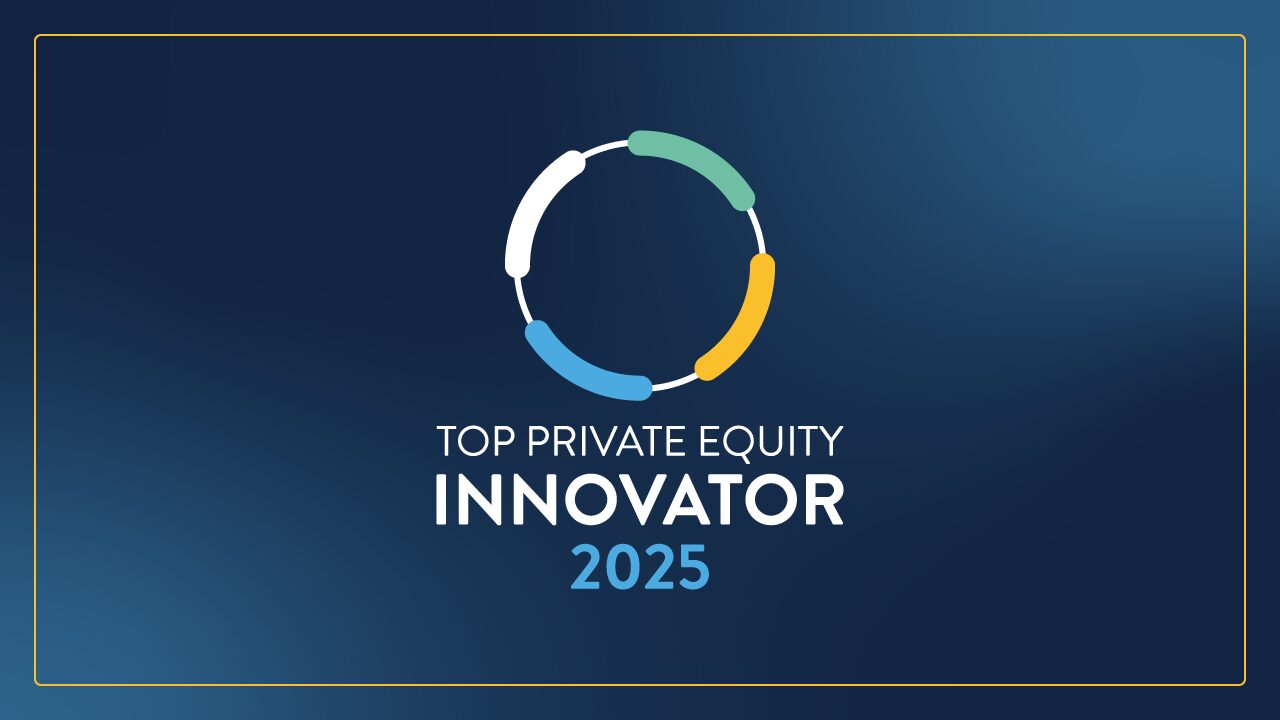Commercial due diligence in the media and entertainment industry brings with many nuances. A one-size-fits-all approach isn’t enough for private equity firms evaluating potential acquisitions.
Technological advancements and shifts in consumer behavior only complicate this process, making a thorough understanding of the market even more crucial.
Let’s discuss the four foundational aspects of CDD and how they can be applied to media and entertainment targets.

What is Commercial Due Diligence?
At a high level, there are four aspects to the commercial due diligence process.
Here’s how BluWave and its invite-only network of service providers see them through the lens of the media and entertainment industry.
1. Comprehensive Market Analysis: Size
A detailed examination of the market size offers the foundational knowledge required for any investment in the M&E space. This involves assessing the current scope and potential growth areas within segments like production, digital platforms, live events and direct mail and advertising.
For instance, clients exploring opportunities in live event production services, especially around sporting events, need to gauge the market’s expansiveness, including the demand for technical staffing and tech enablement solutions.
Similarly, investments in companies producing animated kids’ content necessitate an understanding of the spending trends on children’s episodic content and how they fit within the broader M&E market.
2. Comprehensive Market Analysis: Total Addressable Market (TAM)
Identifying the TAM enables investors to estimate the revenue potential within the M&E industry’s sub-sectors. This aspect is particularly significant for businesses like those offering digital marketing platforms for CPG brands or experiential marketing services.
By understanding the TAM, investors can evaluate the scalability of the business models and their ability to capture market share.
Assessing the TAM for a digital promotions platform, for example, requires insights into the digital vs. paper advertising space and the future of direct mail in the digital age. Similarly, for experiential marketing firms, understanding the TAM involves analyzing corporate marketing budgets and how they withstand economic downturns.
3. Competitive Landscape
A thorough competitive analysis uncovers the landscape within which an M&E company operates. It highlights the main competitors, their market share, strengths, weaknesses and differentiators.
In the context of the M&E industry, this could range from evaluating the competitive stance of a B2B media company across its business segments to understanding the unique selling propositions of firms in the live events production space.
Such an analysis helps investors identify the target company’s position in the market, potential threats and opportunities for differentiation and growth.
4. Voice of the Customer (VoC)
VoC research is invaluable in understanding the target market’s perceptions, needs and satisfaction levels.
In the M&E sector, this could involve gathering insights from broadcasters, streaming platforms and the end audience for content production companies.
READ MORE: Voice of Customer Process: Methodologies for Better Service
For businesses focused on technical staffing for events, VoC can reveal the reliability and quality of the workforce provided. Meanwhile, for companies in the direct mail and advertising realm, VoC helps ascertain the effectiveness and ROI of different advertising mediums from the advertiser’s perspective.
We have recently seen many firms turn to more specialized providers due to the valuable insights gained.
In times where other PE firms are struggling to get the right information on the timeline they need, equipping yourself with unique data quickly will provide you with competitive edge.
The expertly vetted service providers in the BluWave network have performed countless commercial due diligence analyses specifically in the media and entertainment industry.
We vet each resource before they’re admitted into the network, and again before connecting them to you. After your initial scoping call with our research and operations team, you’ll meet the two or three “best fits” within a single business day.
Tell us about your project now, and we’ll get started with selecting your tailor-made solution.


